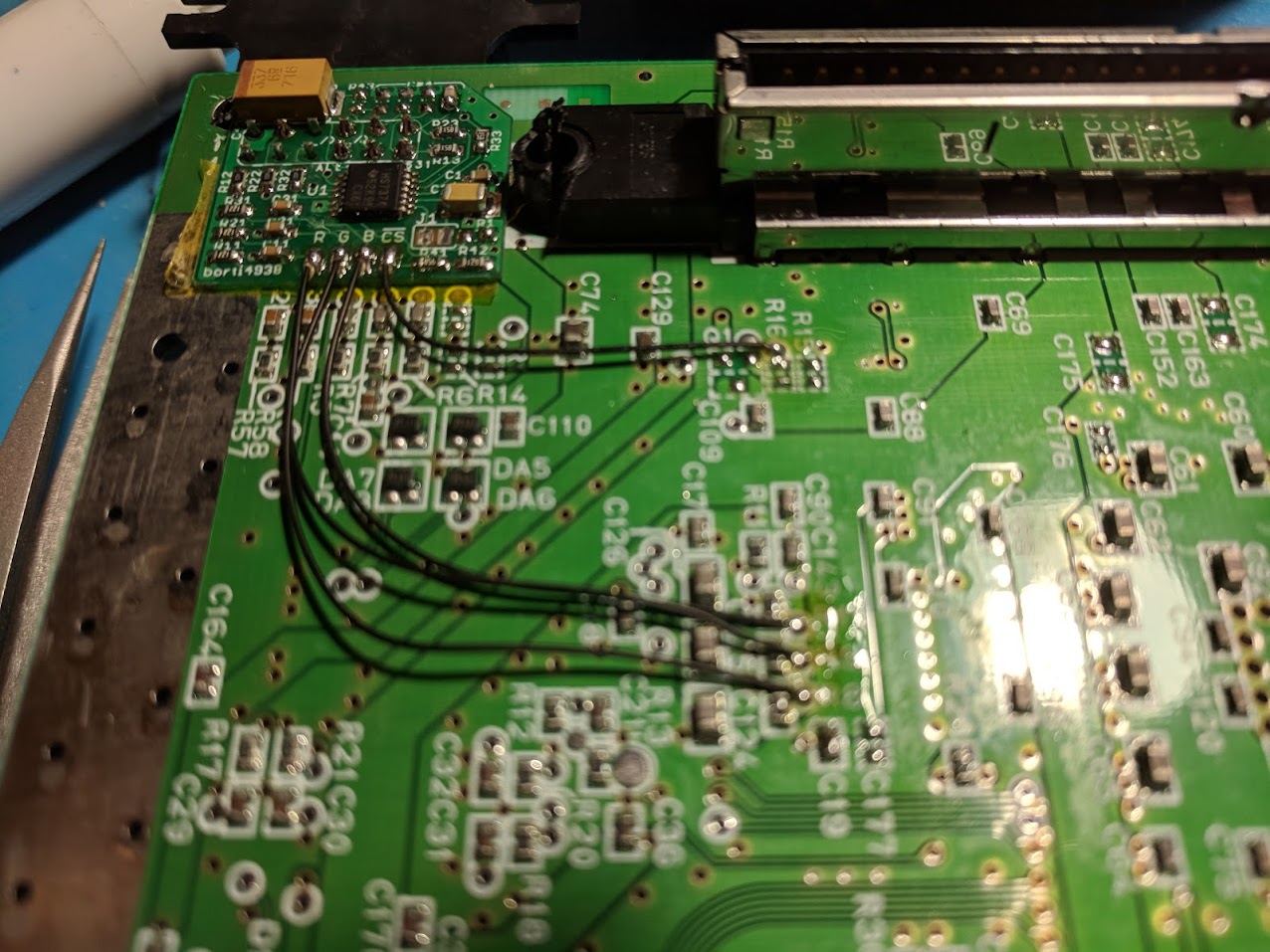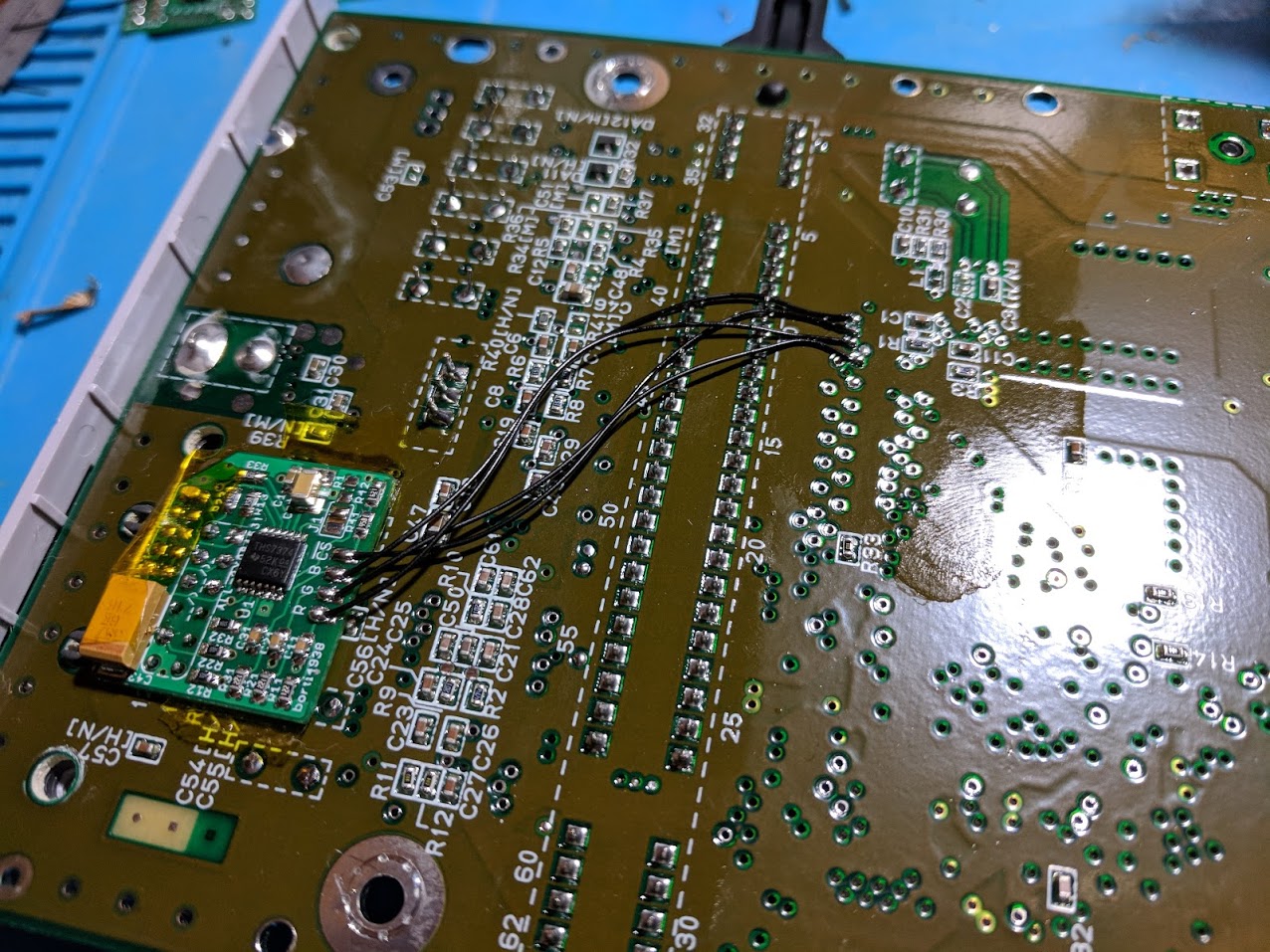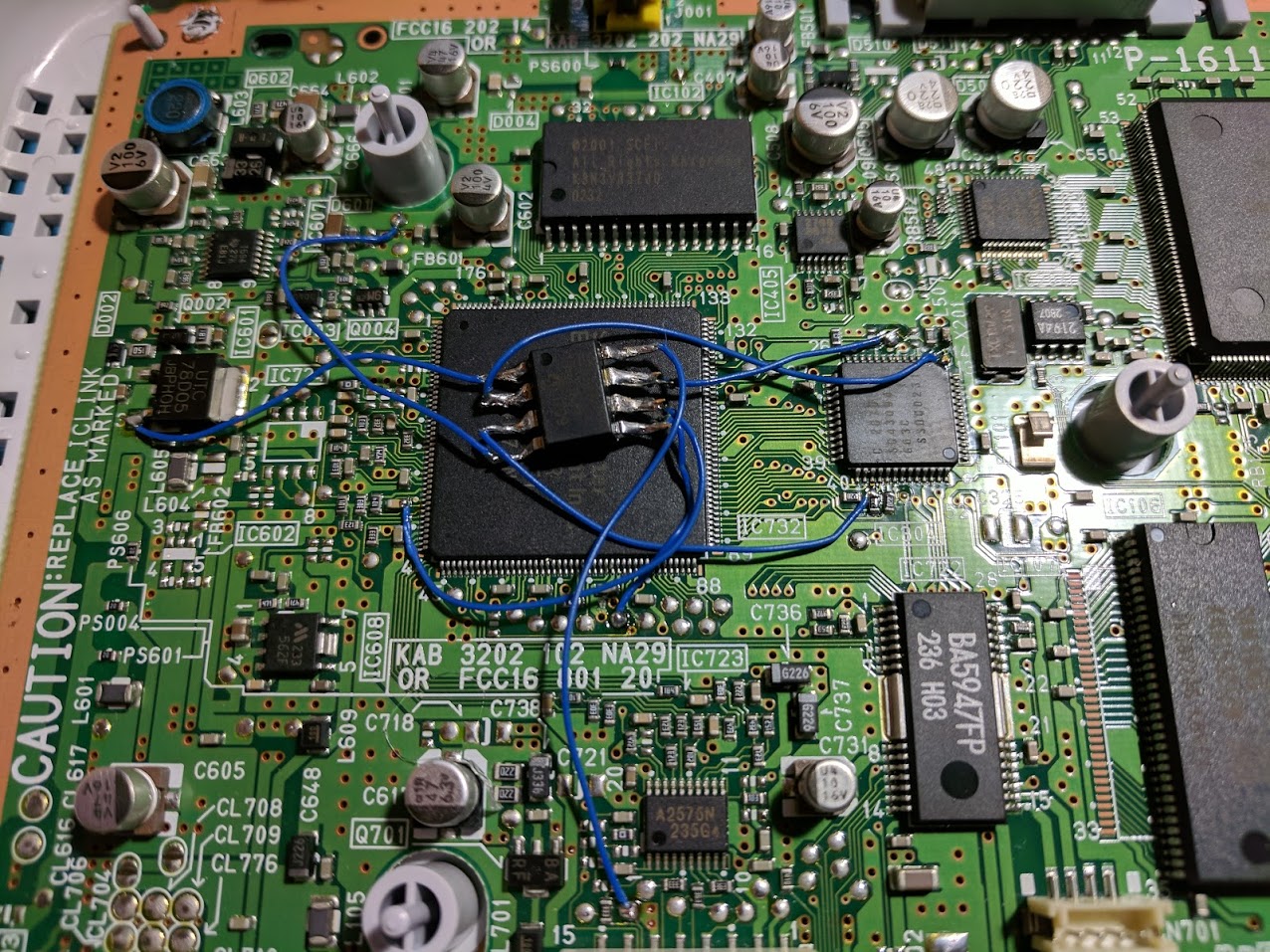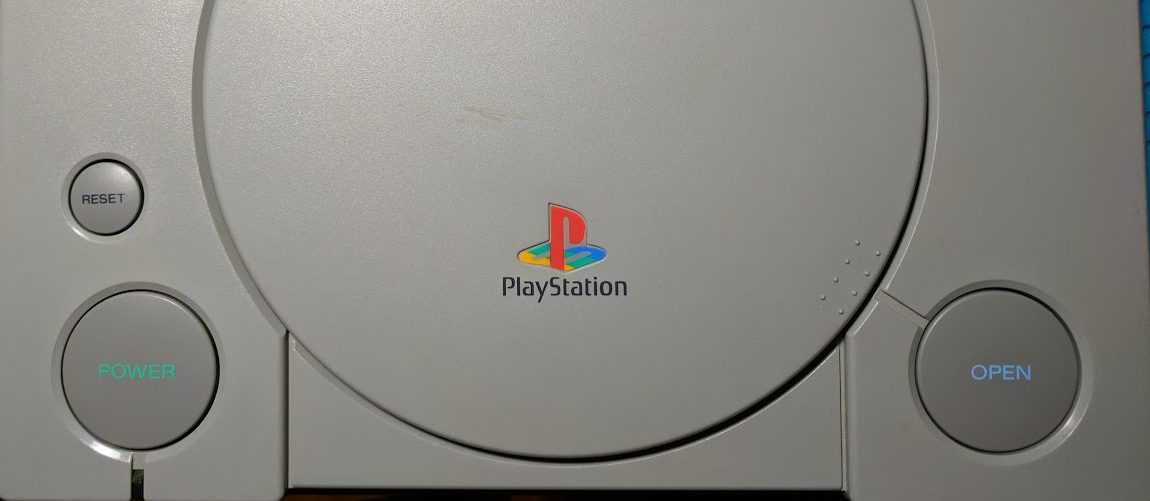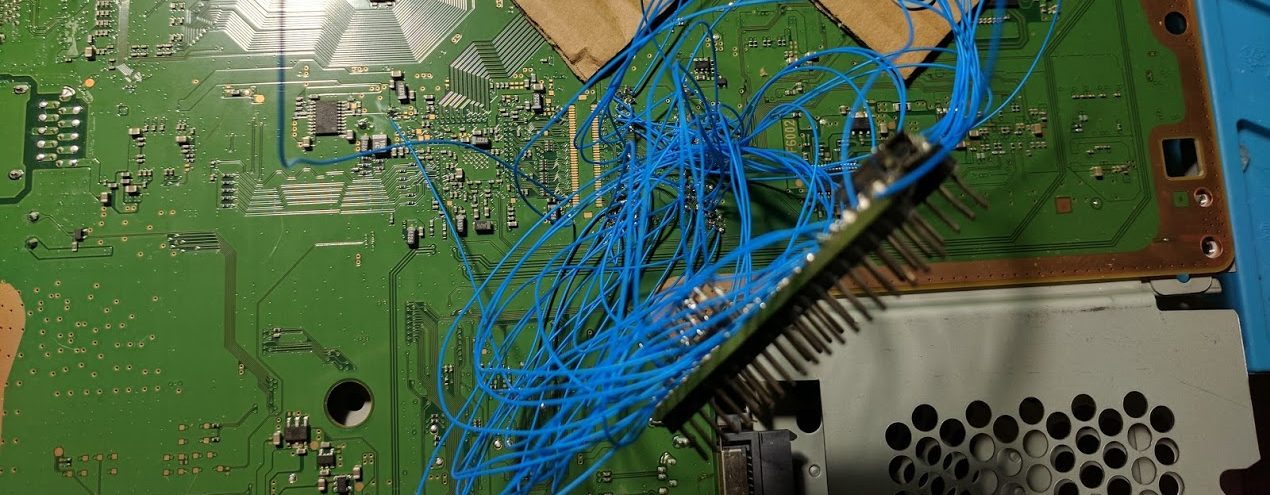Nintendo 64 (N64) RGB SCART video output using THS7374 amp
I recently bought an Open Source Scan Converter, or OSSC, primarily to make PlayStation 1 games look better on my display. After seeing how well RGB looked on the PS1, I had to try it on other consoles.
I already owned a Nintendo 64 and was using S-Video for video output, which is better than composite, but not great. When I installed the THS7374 amplifier into my SNES Jr. I bought an extra amplifier so I could do the same mod to my Nintendo 64. That’s what this guide covers, getting RGB SCART video output from the Nintendo 64.
